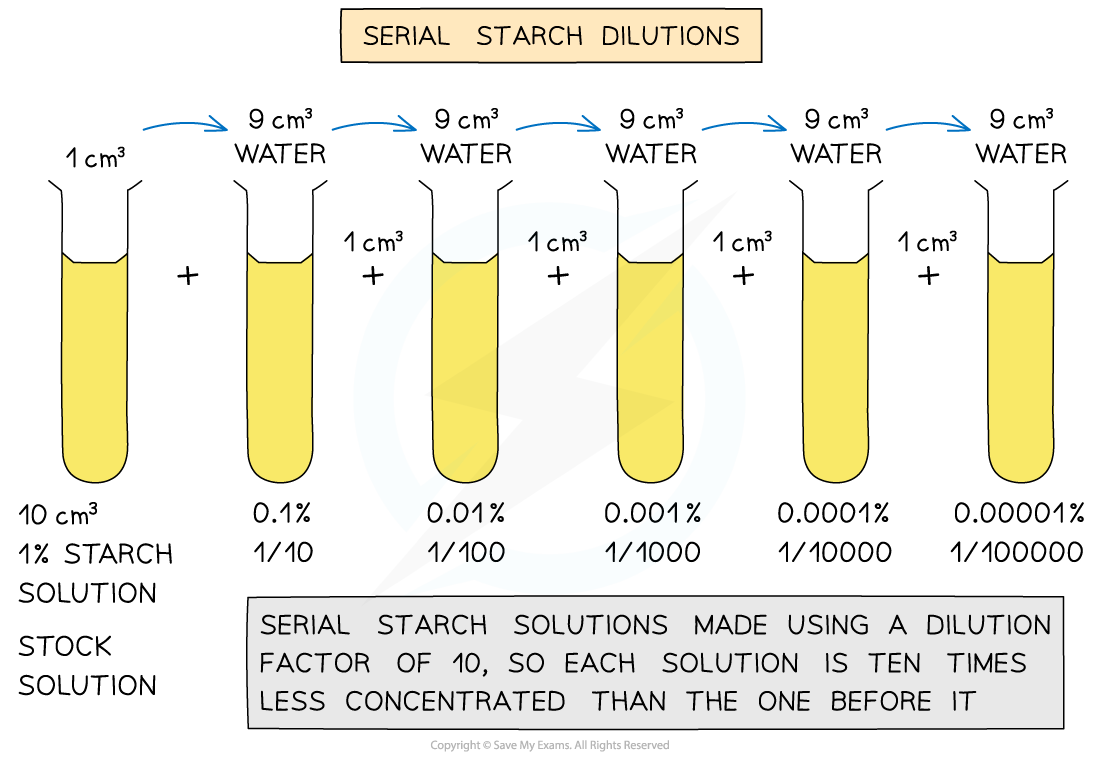- 翰林提供学术活动、国际课程、科研项目一站式留学背景提升服务!
- 400 888 0080
CIE A Level Biology复习笔记3.1.5 Colorimetry
Colorimetry to Measure Enzyme Activity
- A colorimeter is able to measure light absorbance (how much light is absorbed) or light transmission (how much light passes through) a substance
- Colorimetry can be used in any enzyme-catalysed reaction that involves colour change
- As the colour breaks down the transmission increases or light absorption decreases and this can be used to measure the rate of the reaction
- For example, a colorimeter can be used to follow the progress of a starch-amylase catalysed reaction as the amylase breaks the starch down into maltose
- This can be carried out as follows:
- Colorimeter calibration: this is an important step in a colorimetric investigation and in this case a weak iodine solution can be used to calibrate the colorimeter as the end point (or 100% transmission)
- Preparation of a starch solution of known concentration (stock solution), from which a range of concentrations are made using serial dilutions (method outlined in diagram below)
- Following calibration and switching on the red filter (to maximise the percentage transmission or absorbance), the colorimeter is used to measure the percentage absorbance or percentage transmission values
- A calibration graph is then plotted of starch concentration (X-axis) vs percentage absorbance or percentage transmission (Y-axis)

Serial dilution of starch to make a range of concentrations
转载自savemyexams

早鸟钜惠!翰林2025暑期班课上线

最新发布
© 2025. All Rights Reserved. 沪ICP备2023009024号-1








